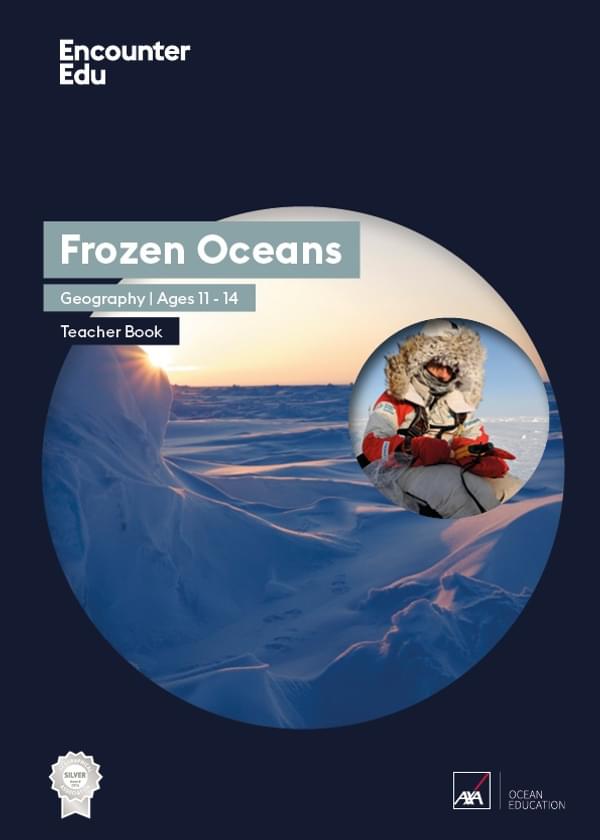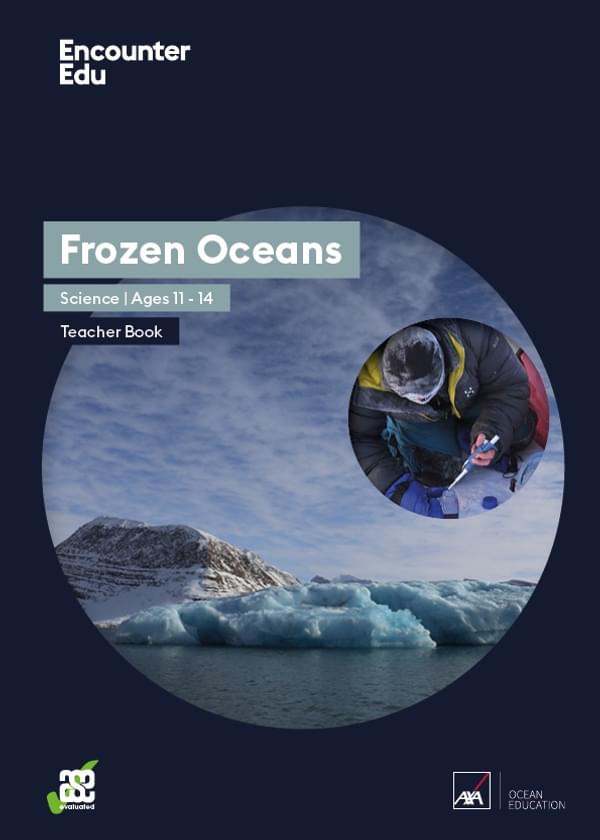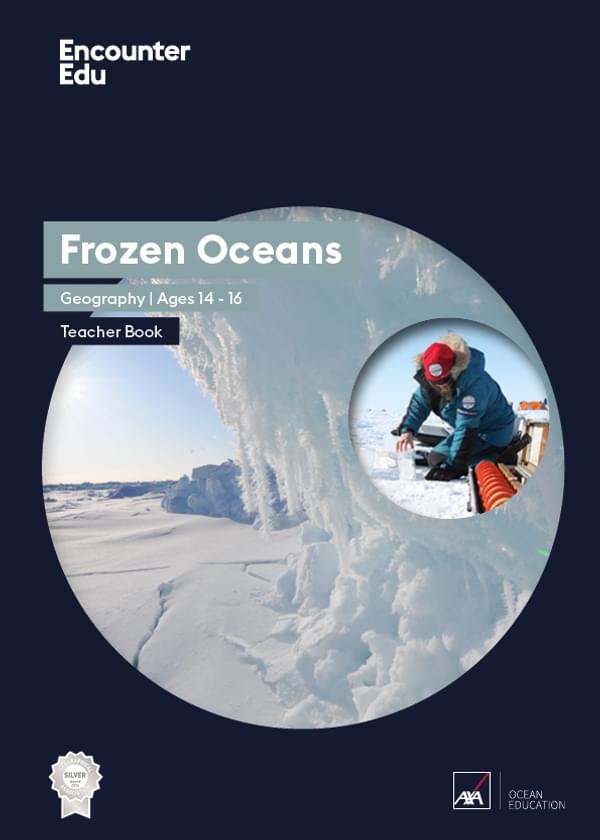How warm is the ocean?
 NOAA
NOAA
This map shows the sea surface temperature across the different regions of the ocean. Much of this temperature difference is driven by latitude, with warmer waters towards the equator and colder water towards the pole. However, you can also see the effect of ocean currents, with the Gulf Stream bringing warmer waters from the Caribbean to the coasts of northwestern Europe.
Part of:
AXA Ocean EducationBrought to you by


Geography | Ages 11-14
Frozen Oceans
The Frozen Oceans Geography resources are designed to take 11-14 year-olds on a journey to the Arctic following the expedition team of the Catlin Arctic Survey.

Science | Ages 11-14
Frozen Oceans
The Frozen Oceans Science resources introduce working scientifically concepts and skills to 11-14-year-olds through enquiry-based lessons which replicate work done by field scientists in the Arctic.

Geography | Ages 14-16
Frozen Oceans
This Frozen Oceans education resource includes two data case studies that introduce students to ocean acidification and sea ice thickness. The core of each case study are data sets from real expeditions.
